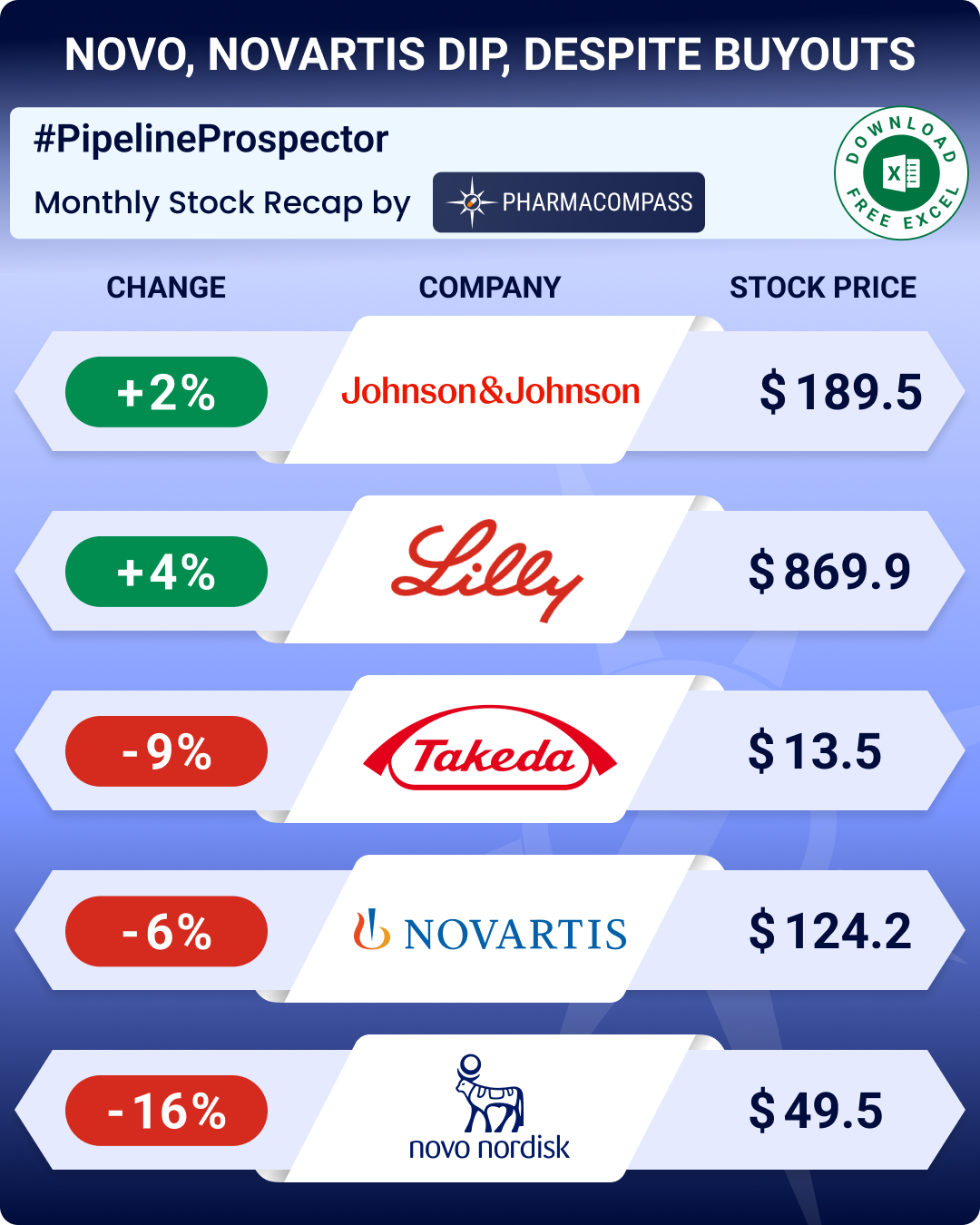
The US Food and Drug Administration (FDA) is modernizing its approach towards regulatory oversight and inspections. This week, we look at some key takeaways from the FDA’s July guidance on quality metrics, to help understand what changes to expect in future inspections.
The FDA conducts nearly 40,000 inspections in a year. For pharmaceutical manufacturing companies, successfully managing an FDA inspection is akin to gold standard in quality. To achieve this coveted position, the industry is always eager to know what to expect, the next time FDA inspectors come for an inspection.
FDA’s quest for quality metrics
The industry usually develops its list of “FDA expectations” based on hearsay or horror stories of someone else’s unsuccessful inspection.
However, it’s worthwhile to know that the FDA is working on modernizing its approach towards regulatory oversight and inspections. A draft version of its July guidance suggests that the FDA intends to “request for quality metrics” from drug manufacturers and use the data obtained to develop FDA’s risk-based inspection scheduling and assessment of a manufacturing site’s quality systems.
The final guidance is expected to be out next year. We have put together a few key takeaways should our readers not have the time to go through FDA’s 31-page guidance.
A commitment of senior management to quality
The FDA guidance makes multiple mention of the senior management’s “commitment to quality” as an important factor in evaluating the overall health of the quality system.
While listed under “optional metrics”, the senior management is expected to “specifically demonstrate” their commitment to a culture of quality and the FDA wants to use the same information which is used by manufacturers, to evaluate their own products and establishments.
Good Manufacturing Practices (GMPs) require that a product’s annual performance is summarized and compiled into reports – such as annual product reviews (APRs) and product quality reviews (PQRs). While these reports are subject to review during onsite FDA inspections, the new guidance wants establishments to share details of the people who have reviewed and approved these reports (such as head of the quality unit, head of operations, or both, or neither).
Companies may need to provide 10 quality metrics
In order to assess a pharmaceutical quality system, the FDA intends to use metrics of Batch Failure Rates, Lot Acceptance Rate, Invalidated Laboratory Failure Rates/Out of Specification (OOS) rates and on-time Product Quality Reviews (APQR/PQR).
There are 10 specific quality metrics (listed at the end of this article), which would have to be provided to the FDA (by the establishments), when the guidance gets finalized.
Rule of three may come to an end
“Continual improvement” and “product lifecycle” are words which are used extremely often in the guidance. The pharmaceutical industry has historically worked on the principle of demonstrating the same activity three times for the process to be considered reproducible and robust.
After all, once was considered to be luck, twice was a co-incidence and three times was validated!
In the guidance, the language has changed. The FDA now expects process validations to be “a series of activities taking place over the lifecycle of the product and process”.
Statisticians needed for measuring process capability
The FDA talks about studying a product, equipment and a facility’s lifecycle through an Annual Product Review (APR).
However, for the data to be statistically trended and reviewed, there is need for trained personnel.
The guidance recommends that “a statistician or person with adequate training in statistical process control techniques develop the data collection plan and statistical methods and procedures used in measuring and evaluating process stability and process capability.”
Redesign the process; re-training personnel is pointless
The FDA’s experience seems to indicate that whenever there is a problem, establishments choose to resolve it by training and subsequently re-training the employees involved in the erroneous activity.
However, the FDA specifies that in order to prevent recurrence of deviations, quality systems need to consider re-design and re-development of the process because only personnel re-training is pointless, since the same training has already been provided to the employee(s).
Inspection frequency to depend on risks
The quality metrics are expected to assist FDA’s understanding of the risk that different manufacturing establishments present. Inspection frequency will subsequently be based on a “risk-based schedule”. Resources will be focused on facilities that present the greatest risk to consumers.
The collection of quality metrics is also intended to help direct FDA inspections “in advance of” an inspection. The data will assist the staff in preparing for inspections and also improve their efficiency and effectiveness.
If an establishment fails to produce the information requested, “drugs from the facility may be deemed adulterated and subject to enforcement action”.
What if the industry isn’t ready?
The industry doesn’t need to start worrying about the guidance right now.
On August 24, 2015, the FDA held a public meeting – the first public interaction between the industry and the FDA to discuss the plan to request quality metrics.
Seven industry groups spoke at the meeting with the FDA and some “questioned whether the FDA has the legal authority to enforce its quality metrics guidance”.
Views varied at the meeting and some asked the FDA to consider a “start small, learn and evolve” strategy specially since there is a cost associated with data collection. However, the final outcome was that the FDA extended the comment period on the draft guidance until November 27, 2015 for the industry to submit its feedback.
Our view
The FDA definitely intends to modernize its approach towards inspections and using a risk-based approach towards scheduling them is one such key step.
Regardless of how and when the “Request for Quality Metrics” guidance rolls out, a pharmaceutical quality system will struggle if it does not have the involvement of the organization’s senior management.
As the FDA intends to use metrics similar to those used by an organization’s management to assess the performance of a quality system, there is time till November for both sides to align themselves.
The 10 quality metrics
1. The number of lots attempted of the product.
2. The number of specification-related rejected lots of the product, rejected during or after manufacturing.
3. The number of attempted lots pending disposition for more than 30 days.
4. The number of out-of-specification (OOS) results for the product, including stability testing.
5. The number of lot release and stability tests conducted for the product.
6. The number of OOS results for lot release and stability tests for the product which are invalidated due to lab error.
7. The number of product quality complaints received for the product.
8. The number of lots attempted which are released for distribution or for the next stage of manufacturing the product.
9. If the associated annual product reviews (APRs) or product quality reviews (PQRs) were completed within 30 days of annual due date for the product.
10. The number of APRs or PQRs required for the product.
The PharmaCompass Newsletter – Sign Up, Stay Ahead
Feedback, help us to improve. Click here
Image Credit : Numbers by Matthew.H is licensed under CC BY 2.0
“ The article is based on the information available in public and which the author believes to be true. The author is not disseminating any information, which the author believes or knows, is confidential or in conflict with the privacy of any person. The views expressed or information supplied through this article is mere opinion and observation of the author. The author does not intend to defame, insult or, cause loss or damage to anyone, in any manner, through this article.”






